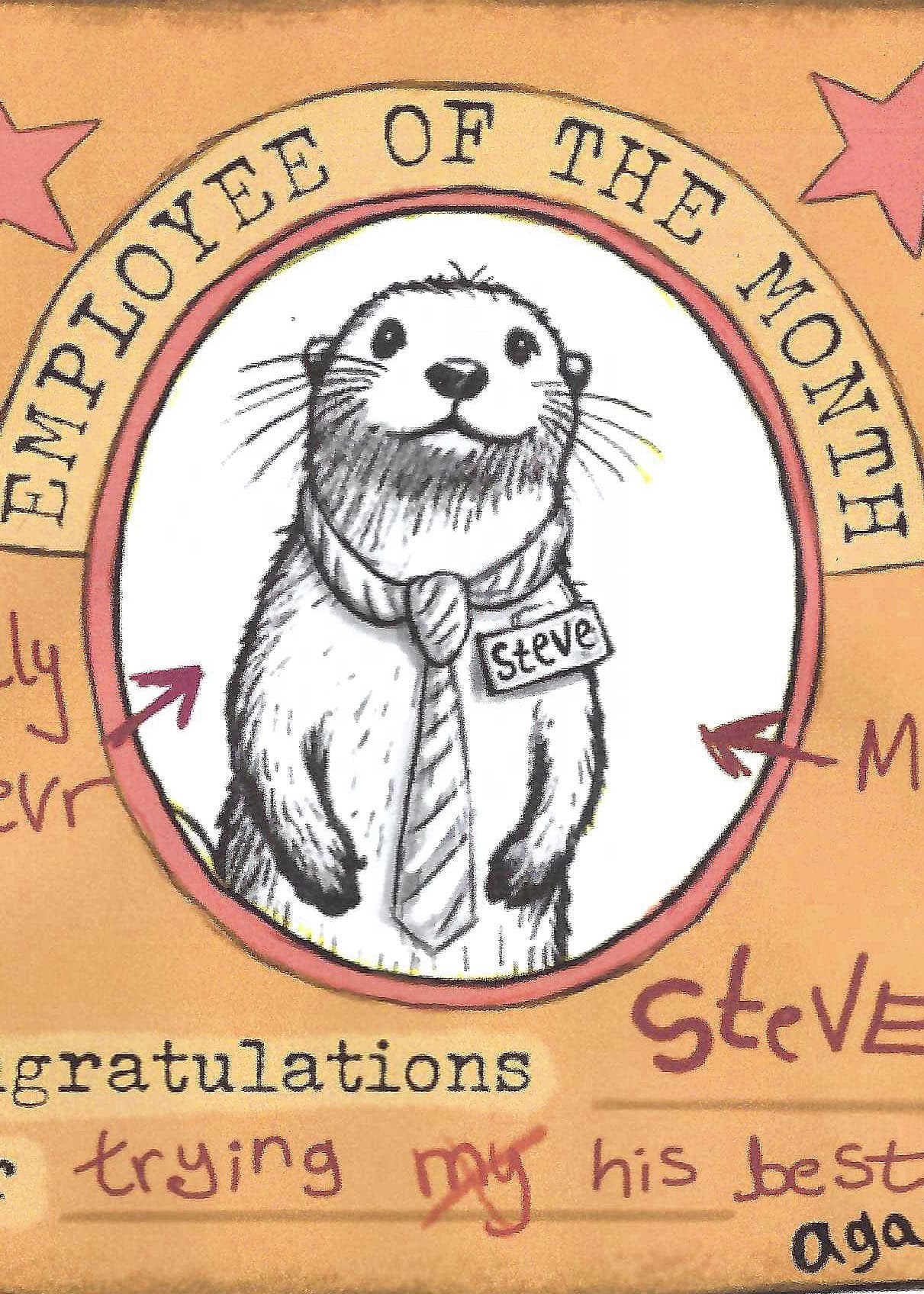Regional managers in almost any industry can attest. Usually, their geographic locations are in an informal internal competition for new business growth, efficiency, and productivity. Weekly, quarterly, and/or year-end events are scheduled to celebrate high performers, incentivize the middle-of-the-pack, and motivate the losers.

If your team is trying to rise up the ranks, running faster and working more hours is typically not the best strategy. The perennial top performers often have a secret sauce. Usually, it boils down to a focus on morale and engagement. Whip-cracking and ultimatums rarely lead there. Nor does neglect.
Consider the opposite of neglect. What would happen if leadership invested in the wellness and growth of their workforce? What might be the consequence of increased presence and partnership? The businesses that tend to win the best-place-to-work awards are acutely aware of the recipe. The ingredients aren’t complicated:
- Family-like atmosphere
- Commitment to learning and development
- Communication transparency
- Focus on wellness
- Collaboration and team effectiveness
- Celebration of mission/value alignment
Employees in these organizations look forward to coming to work. When they come to work, they give it their all – not because the boss demands it – because they feel seen, valued, and appreciated. They enjoy being a part of something bigger than themselves, because that ‘something’ feels inclusive. So, while morale and engagement are hard to measure, they drive retention. And retention is easy to quantify.
The path from worst to first in the rankings is also easy to track. Just ask the teams that are celebrating their quarterly and annual awards. They’ll likely share their secret sauce. And it works.

